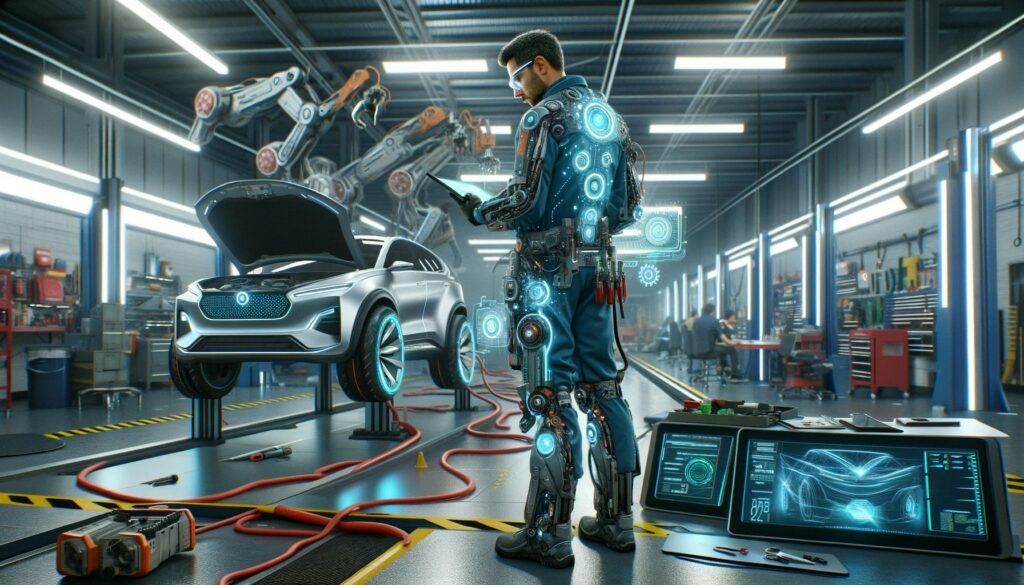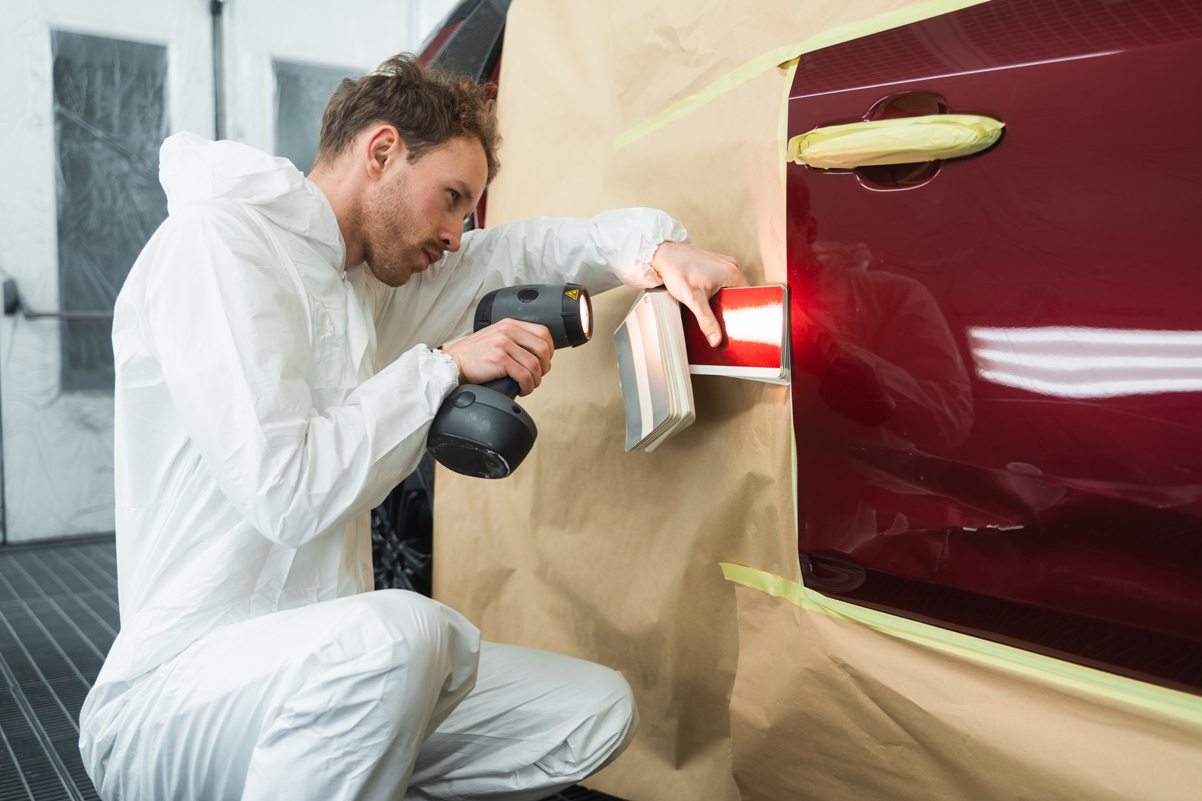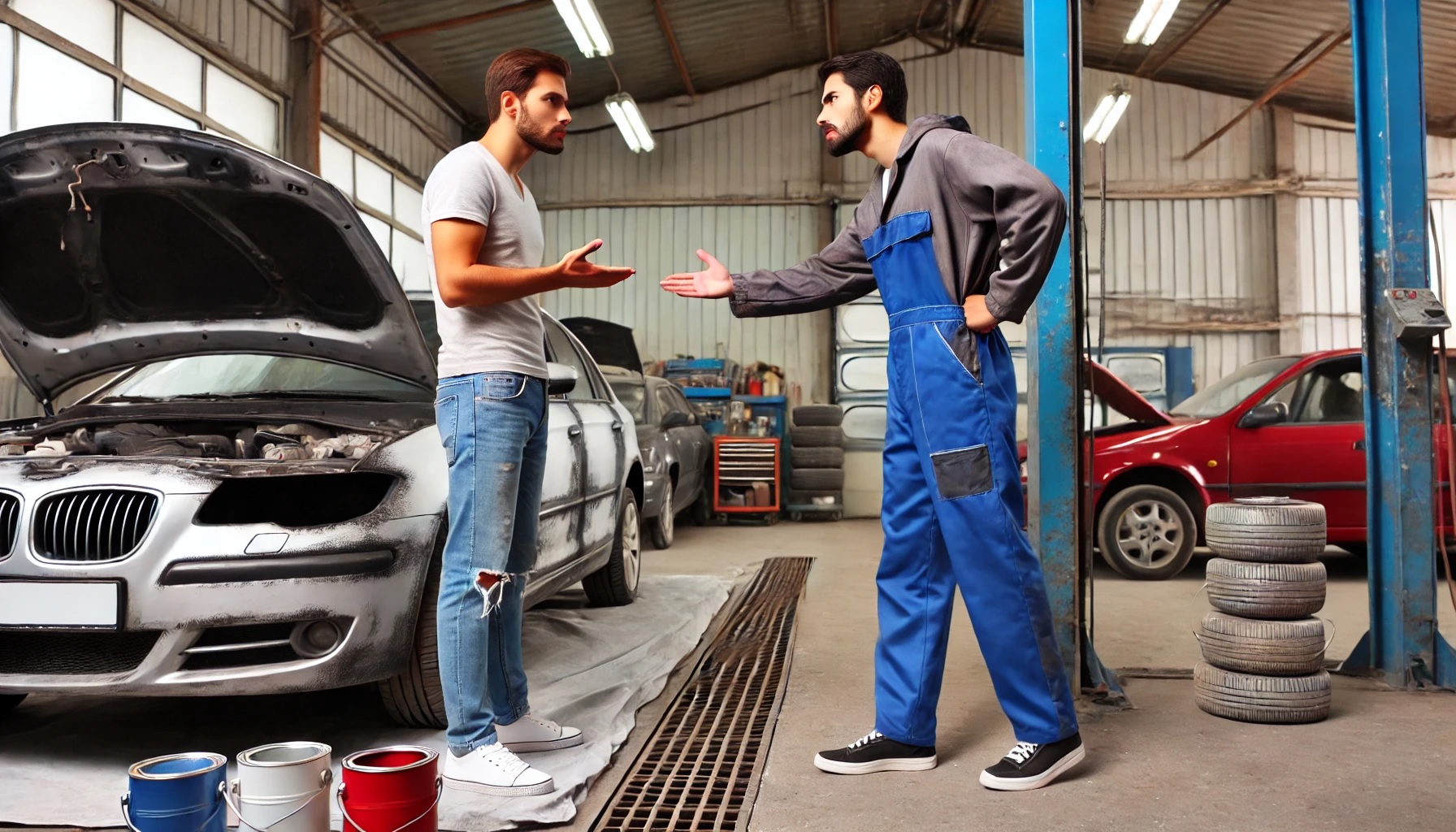So, you know those high-tech safety features in newer cars? They’re called ADAS, short for Advanced Driver-Assistance Systems. These nifty gadgets help prevent accidents by doing things like automatic braking and lane keeping. They’re becoming super common in cars, and that’s changing how bodyshops will operate. Analysts from the insurance industry, the ones who pay the bills, run various simulation models in order to forecast the changes those new technological advancements will cause. While the figures vary from 15% to 30% decrease in incidents rate, it is almost certain that there will be a significant reduction in total market value affecting spare parts, paint consumables and repair dollars invoiced. Yet is it so tragic?
First off, since ADAS helps avoid crashes, there’s probably going to be fewer banged-up cars needing repairs. This might sound like great news, but for bodyshops, it means they’ll get fewer customers.
But here’s the twist: when these high-tech cars do need fixing, it’s a whole different ball game. Repairing or recalibrating those ADAS sensors and cameras can be tricky and expensive. Bodyshops need special tools and training for that. So, even though they might see fewer cars, the ones they do work on could cost more to fix.
Another thing – the skills needed for these repairs are pretty specialized. Bodyshops might need to step up their game, getting the latest gear and training their staff to handle these high-tech systems.This could lead to some big changes in the repair shop world. Smaller shops might struggle to keep up with the costs of new equipment and training. We might even see some shops specializing in just ADAS repairs. I strongly believe that the business concept of a small bodyshop specializing only in refinishing jobs will be under the most severe impact. Even the refinishing job itself in the future might need special application techniques for the proper functioning of ADAS where paint will be an integral part of the whole system.
What is even more important, these new technologies’ repairs will require totally different skills set from the repairers. In my previous article I raised the question about the failure of the collision repair industry to attract young people to the trade. Maybe the new positions for the repair and calibration of the ADAS systems will draw attention of the tech-savvy generation?
So, in a nutshell, while our cars are getting safer and smarter with ADAS, it’s kind of a mixed bag for repair shops. While I can’t predict how fast these changes will occur, they will definitely be coming. The speed of the change depends on the global economic climate, vehicles’ fleet age and many more aspects. Without a doubt, some markets will reach the turning point faster than some others. All of us who is involved in this industry though, we got new challenges ahead, but also some cool opportunities to become experts in this high-tech area of car repair.




